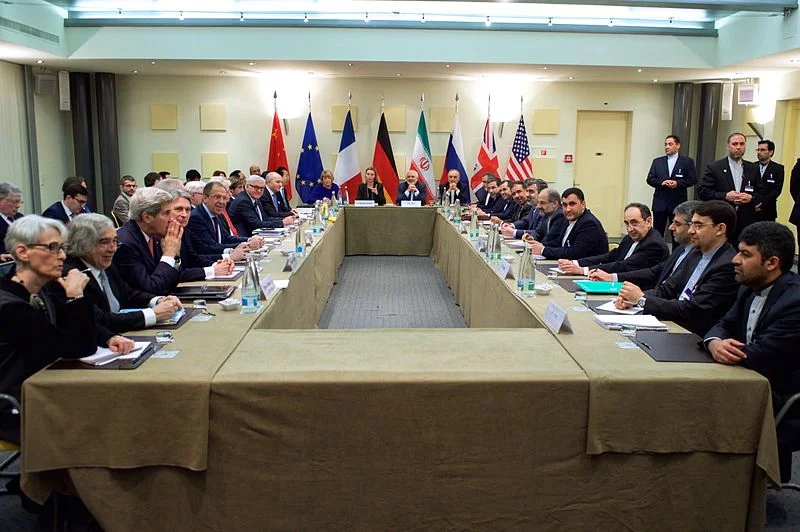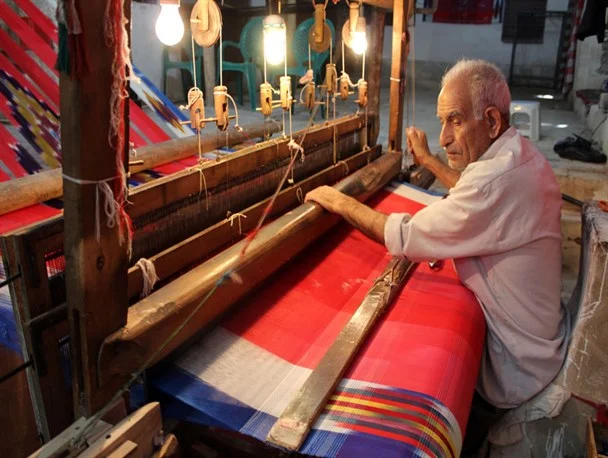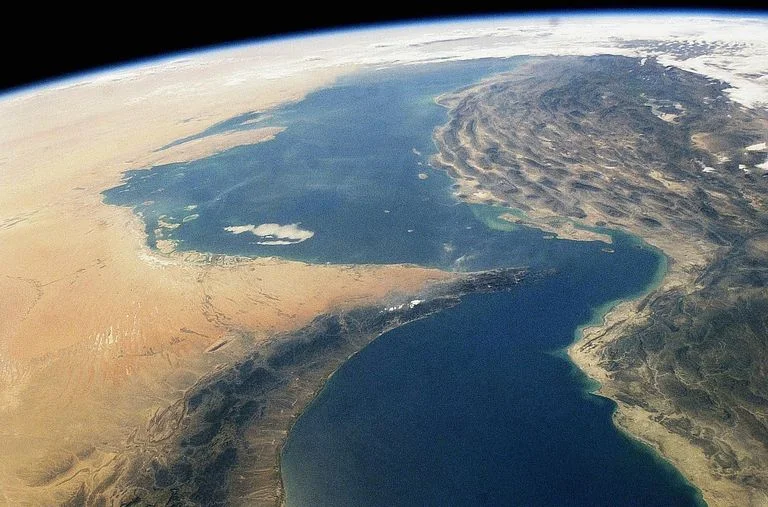Myth vs. Fact: Geography of Iran
/By AIC Research Fellow Andrew Lumsden
MYTH: Iran, like many other countries in the Middle East is primarily made up of arid, lifeless desert.
FACT: Iran’s geography is very different from those of surrounding nations. Compared with nearby Saudi Arabia (95% desert), Turkmenistan (80% desert) and Iraq (40% desert), only about 22% of its land area is desert. The majority of Iran’s territory consists of incredibly diverse landscapes, most of which teem with life. These include rangelands, forests, wetlands and even glaciers home to at least 8,000 different plant species, 293 species of bird, 219 species of reptile, 112 species of fish and nearly 300 other mammalian species.
Read More



















